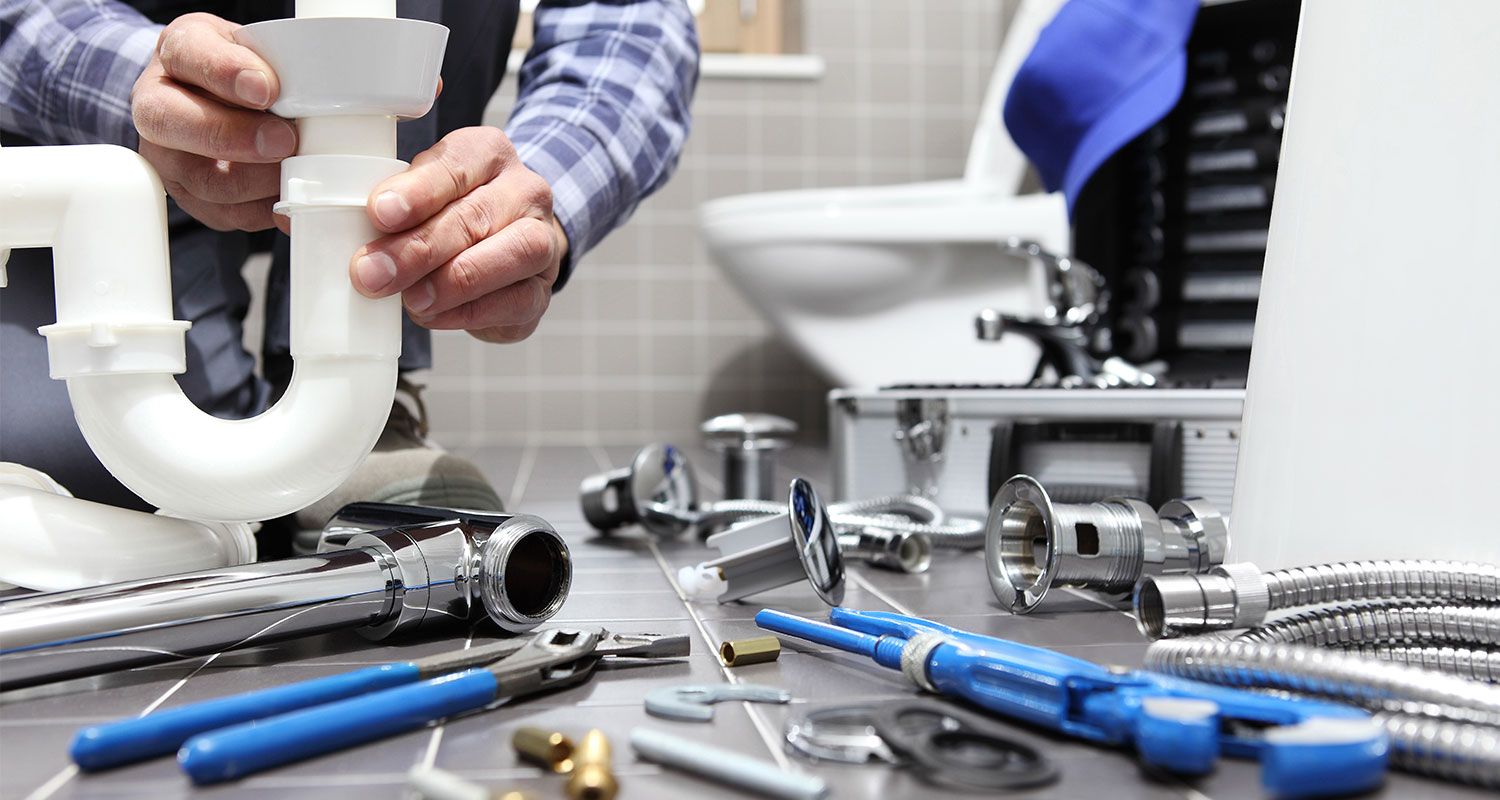Reliable Plumber Alabaster AL for All Your Emergency situation Demands
Reliable Plumber Alabaster AL for All Your Emergency situation Demands
Blog Article
A Step-by-Step Guide to Effective Hot Water Heater Installation for Optimum Efficiency
Getting started on the job of installing a water heater is an endeavor that demands accuracy and an organized technique for accomplishing optimum performance. As you proceed, the ins and outs of linking water supply lines and establishing up reliable electric or gas connections await, appealing insights into ensuring performance and integrity.
Choosing the Right Water Heating Unit

Next, take into consideration the dimension and capability of the hot water heater. It's important to evaluate your household's warm water demands, which can vary based upon the variety of residents and their usage patterns. An unit that's also small may cause insufficient warm water, while an oversized version may result in unneeded power usage.
Efficiency scores additionally play a crucial role in choice. Look for hot water heater with high Power Aspect (EF) rankings, indicating premium efficiency and lowered power usage. Tankless versions, though usually more pricey in advance, offer considerable power financial savings gradually as a result of their on-demand home heating capabilities.
Preparing the Installation Location
Prior to setting up a brand-new water heater, careful prep work of the installment area is necessary. It's vital to gauge the room very carefully to accommodate the water heater's measurements, making sure appropriate clearance around the unit for efficient operation and maintenance.
Examine the flooring for security, as the water heater will require a solid, degree surface area to run efficiently. If needed, set up a drip pan beneath the device to catch potential leaks or spills, avoiding water damages to the surrounding location.
Additionally, ensure that all essential devices and materials get on hand before beginning the setup. This includes products such as wrenches, screwdrivers, a degree, and any extra equipment needed for safeguarding the heater and placing. A well-prepared installment location sets the foundation for an effective water heater setup, optimizing efficiency and safety and security.
Connecting Supply Of Water Lines
When linking water supply lines to your recently set up hot water heater, it is essential to guarantee that all links are secure and leak-free to preserve reliable operation and prevent water damage. Begin by determining the chilly and hot water system lines. The cold water inlet is normally marked with a blue label or a "C", while the warm water electrical outlet is marked with a red tag or an "H".
Usage versatile water heating system connectors to promote an easier installment process. Prior to attaching the adapters, put a plumber's tape around the threaded ends of the water heating unit's inlet and outlet pipelines.
As soon as connections remain in location, slowly turn on the major water shutoff. Evaluate each link for leaks by visually examining and really feeling for wetness. Tighten up links as required, and guarantee the stress safety valve is appropriately set up, guarding versus too much stress build-up.
Establishing Up Electrical or Gas Links
Properly setting up the electrical or gas links for your water heating unit is a critical step to make certain reliable company website and secure operation. For electric water heating systems, begin by confirming that the electric circuit is suitable with the heating unit's voltage and amperage demands. Guarantee the power supply is switched off at the breaker to stop crashes. Connect the electrical cords to the heating system complying with the manufacturer's circuitry representation. Generally, this includes linking the ground wire to the green terminal, and the staying cords to their corresponding terminals, securing each with cable nuts.
For gas water heating units, safety is critical. Link the gas line to the water heating system making use of an adaptable gas adapter, ensuring it is correctly threaded and secured with pipeline joint substance or Teflon tape ideal for gas connections.
When connections are made, check for any potential leaks. For gas lines, apply a soapy water remedy to the joints; bubbles suggest a leakage. For electrical connections, verify that all wiring is protected and effectively shielded, keeping compliance with regional electric codes.
Adjusting and checking for Performance
With the electric and gas links firmly in position, the next action is assessing the functional performance of your hot water heater. Begin by carefully activating the water and making certain there are no leaks at any of the joints or valves. Once confirmed, continue to fill the storage tank, taking notice of the stress and temperature level settings. It is recommended to set the thermostat to a recommended temperature of around 120 ° F(49 ° C) to balance power efficiency and comfort.
Following, perform an extensive evaluation to make sure the home heating components or burner are operating correctly. For electric heating systems, utilize a multimeter to verify if the components are drawing the appropriate present. In gas designs, observe the heater flame; it ought to be steady and blue, suggesting efficient burning.
Change the setups as needed to get rid of inadequacies. Think about implementing insulation procedures, such as including a hot read the full info here water heater blanket, to additionally enhance performance by minimizing warmth loss. Additionally, examine the anode rod's problem, as a worn-out pole can decrease efficiency and cause storage tank deterioration.
Verdict
Reliable water heating unit installation is my blog crucial for ensuring optimum efficiency and energy savings. Safely attaching water supply lines and meticulously setting up electric or gas connections lessen potential issues.

Appropriately establishing up the electric or gas links for your water heater is a critical action to make sure secure and efficient procedure. For electric water heaters, start by validating that the electrical circuit is compatible with the heater's voltage and amperage requirements. Connect the gas line to the water heating unit utilizing a flexible gas adapter, guaranteeing it is correctly threaded and secured with pipe joint compound or Teflon tape ideal for gas connections.
Report this page